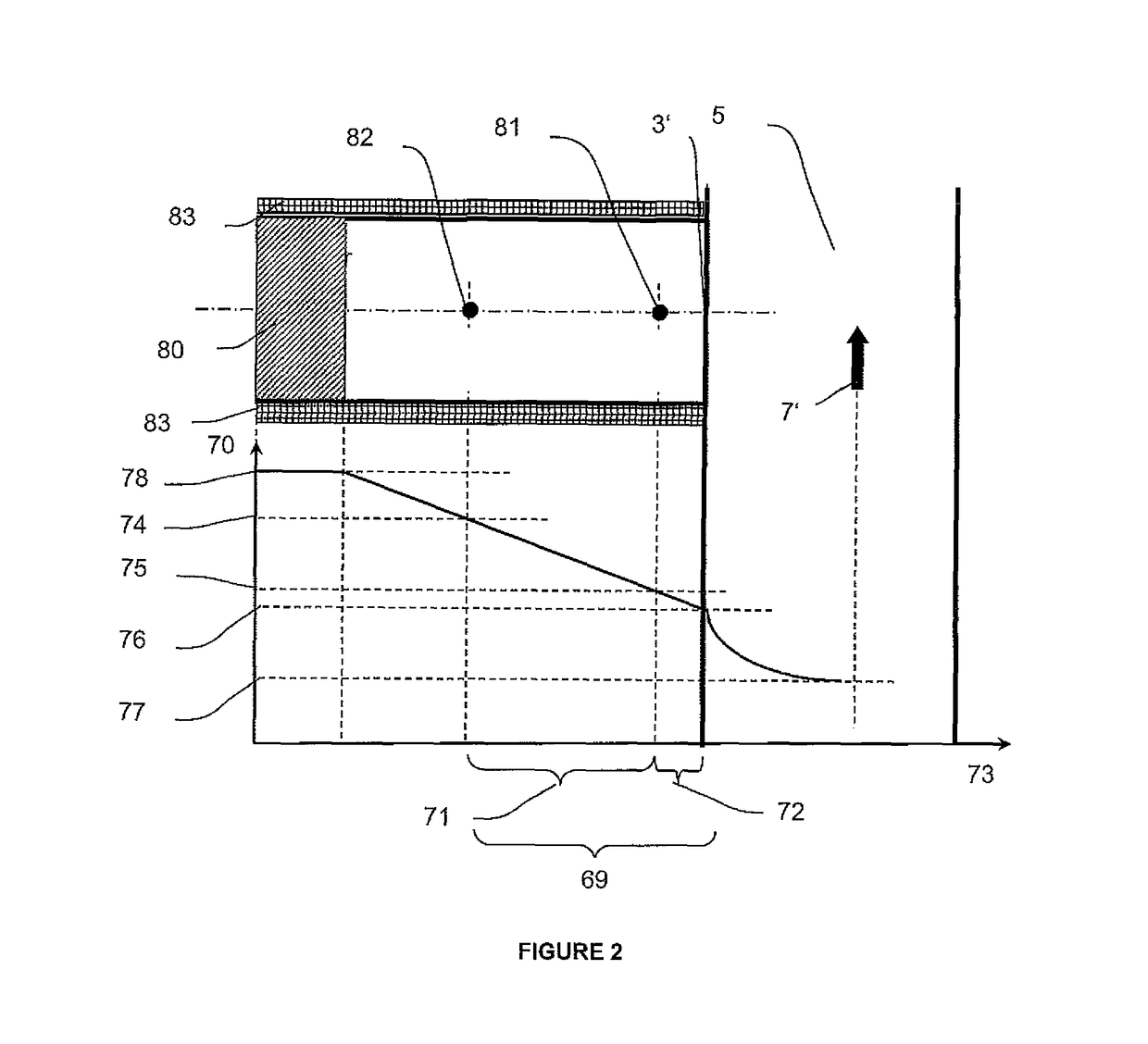Device and method for controlling deposit formation
a technology of deposit formation and control device, which is applied in the direction of water treatment parameter control, specific water treatment objectives, water/sludge/sewage treatment, etc., can solve the problems of liquid that is processed under such harsh process conditions, and achieve the effect of promoting deposit formation, reducing specific fouling detected, and substantially improving deposit control
- Summary
- Abstract
- Description
- Claims
- Application Information
AI Technical Summary
Benefits of technology
Problems solved by technology
Method used
Image
Examples
Embodiment Construction
[0045]The present invention will be descripted with respect to particular embodiments and with the reference to certain drawings but the invention is not limited thereto but only by the claims. The drawings described are only schematic and are non-limiting. In the drawings, the size of some elements may be exaggerated and not drawn on scale for illustrative purposes.
[0046]Where an indefinite or definite article is used when referring to a singular noun, e. G. “a”, “an”, “the”, this includes a plurals of the noun unless something else is specifically stated.
[0047]Furthermore, the terms first, second, third and the like in the description and in the claims are used to distinguishing between similar elements and not necessarily for describing a sequential or chronological order. It is to be understood that the terms so used are interchangeable under appropriate circumstances and that the embodiments of the invention described herein are capable of operation in other sequences than desc...
PUM
| Property | Measurement | Unit |
|---|---|---|
| Reynolds number | aaaaa | aaaaa |
| Reynolds number | aaaaa | aaaaa |
| flow velocity | aaaaa | aaaaa |
Abstract
Description
Claims
Application Information
 Login to View More
Login to View More - R&D
- Intellectual Property
- Life Sciences
- Materials
- Tech Scout
- Unparalleled Data Quality
- Higher Quality Content
- 60% Fewer Hallucinations
Browse by: Latest US Patents, China's latest patents, Technical Efficacy Thesaurus, Application Domain, Technology Topic, Popular Technical Reports.
© 2025 PatSnap. All rights reserved.Legal|Privacy policy|Modern Slavery Act Transparency Statement|Sitemap|About US| Contact US: help@patsnap.com



